Cyclones, could they be fueling global warming?
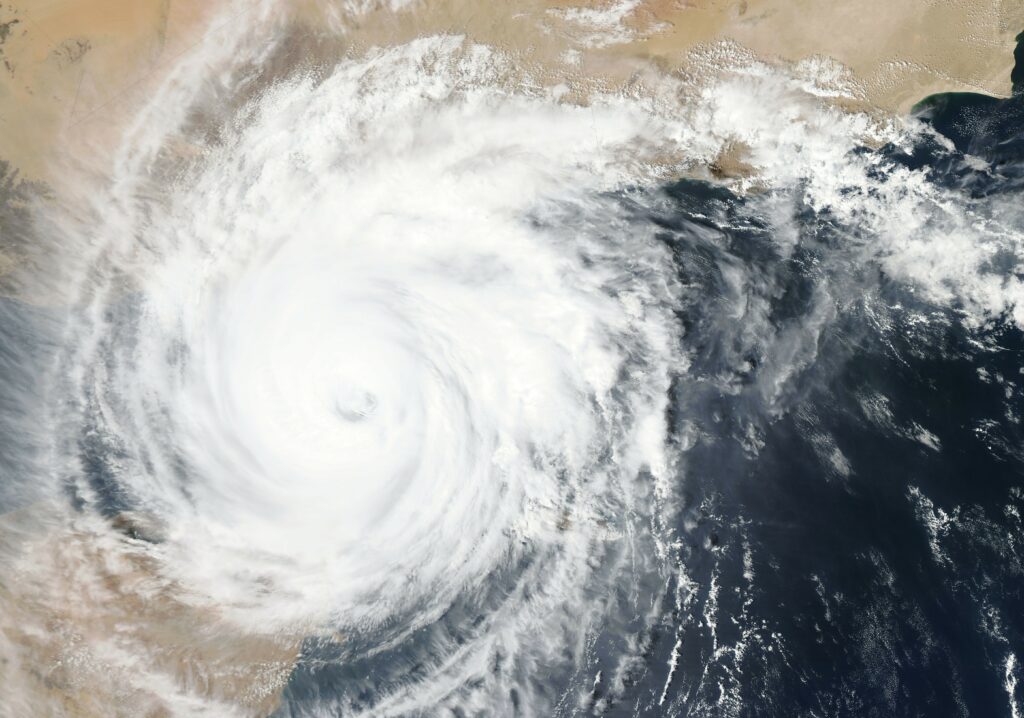
Increasingly powerful tropical cyclones in the North Pacific Ocean may be feeding a powerful northward-flowing ocean current, helping to increase the amount of heat it carries to area latitudes. By increasing the speed of some ocean eddies called eddies and suppressing the spin of others, passing storms may be accelerating the Kuroshio Current (a warm, northward-flowing ocean current on the west side of the North Pacific Ocean) that carries heat, and that could further warm the planet.
Researchers have long predicted that climate change would increase the intensity of tropical cyclones across the planet, some observational data, including a recent study of tropical cyclone intensity over the past four decades, suggest that this overload of storms is already happening.
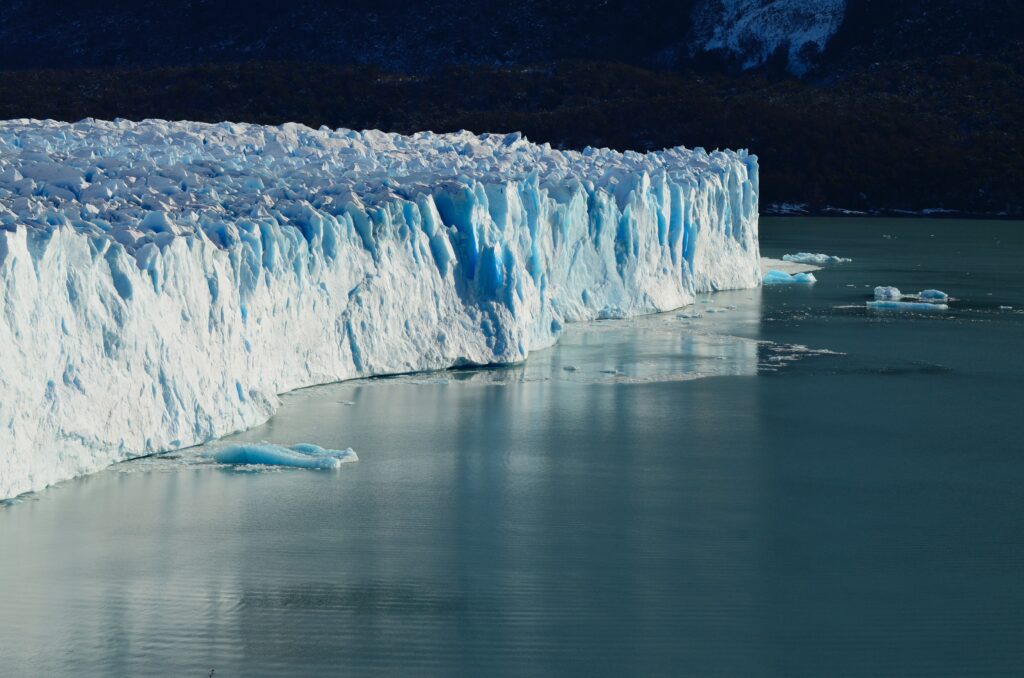
The ocean is anything but inactive, it is full of energetic eddies, great eddies of water that are thrown off by large, fast-moving currents. These eddies, known as mesoscale eddies, tend to persist for a few months, extend from 10 to 100 kilometers wide, and can extend more than 1,000 meters deep. That makes short-lived eddies key players in mixing and redistributing the ocean’s heat, salt, and nutrient content.
A third powerful player in the North Pacific is the Kuroshio Current, a broad and fast ocean current that originates off the eastern coast of the Philippines and carries warm tropical waters north toward Japan, warming the climate, nourishing rich of fishing and allows the northernmost coral reefs to thrive. Kuroshio’s speed is mostly related to the winds—remarkably, the push from those winds has decreased in strength by more than 30 percent, on average, over the past 20 years—but the Kuroshio hasn’t decreased as much as one would expect.
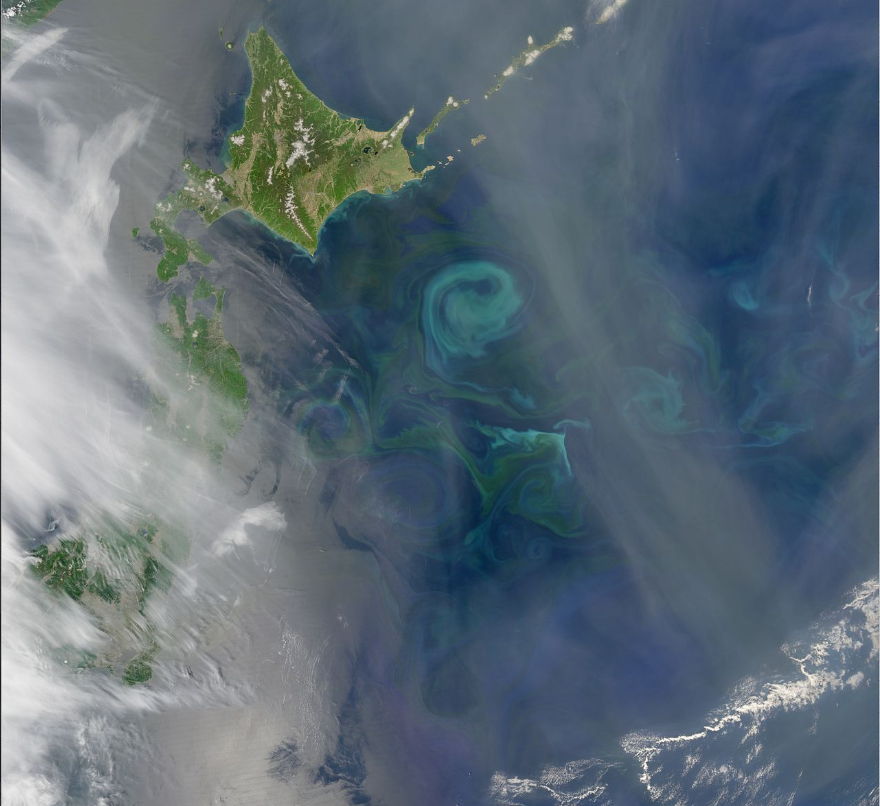
To investigate they used a combination of satellite data and ocean-based Argo floats, which track temperature and salinity. The team then examined how the eddies’ energy and spinning motion, called potential vorticity, change when the eddies interact with a passing tropical cyclone. The team found that storms increased the strength of eddies spinning counterclockwise, while decreasing the strength of eddies spinning in the opposite direction.
Speeding up Kuroshio could create a positive feedback loop for global warming by delivering more heat to higher latitudes, helping to warm them further, the researchers say. So that warming could drive stronger cyclones which, in turn, could further accelerate the current in a continuous cycle.
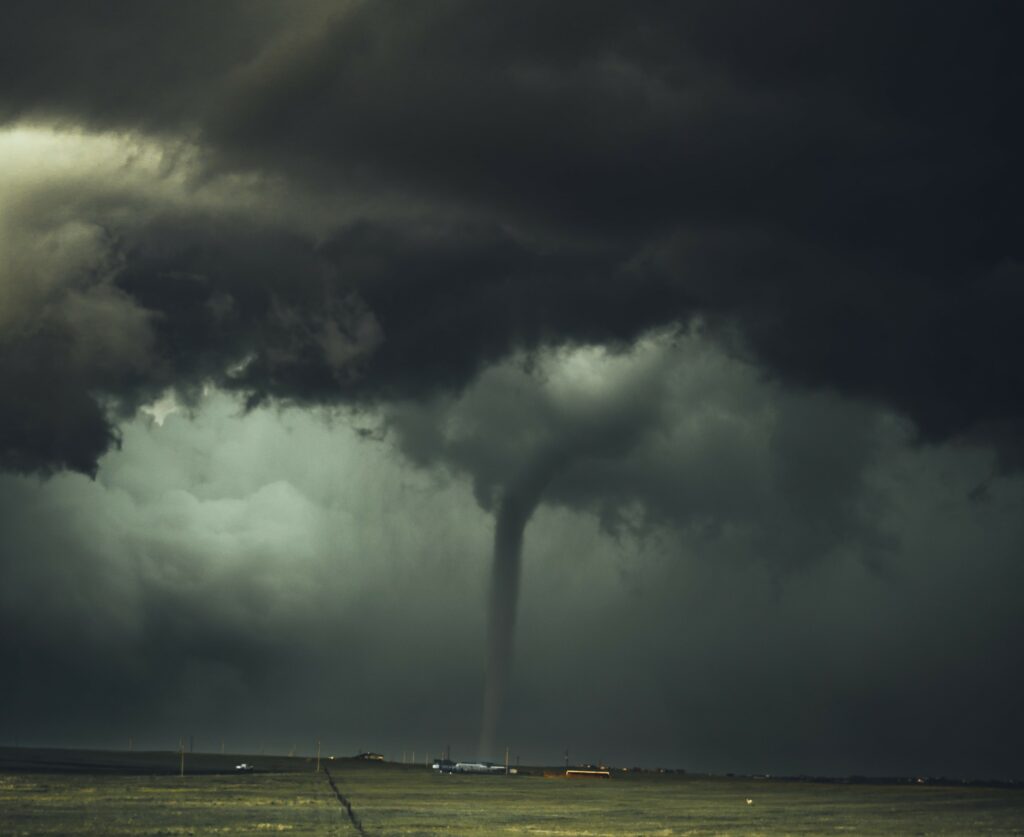
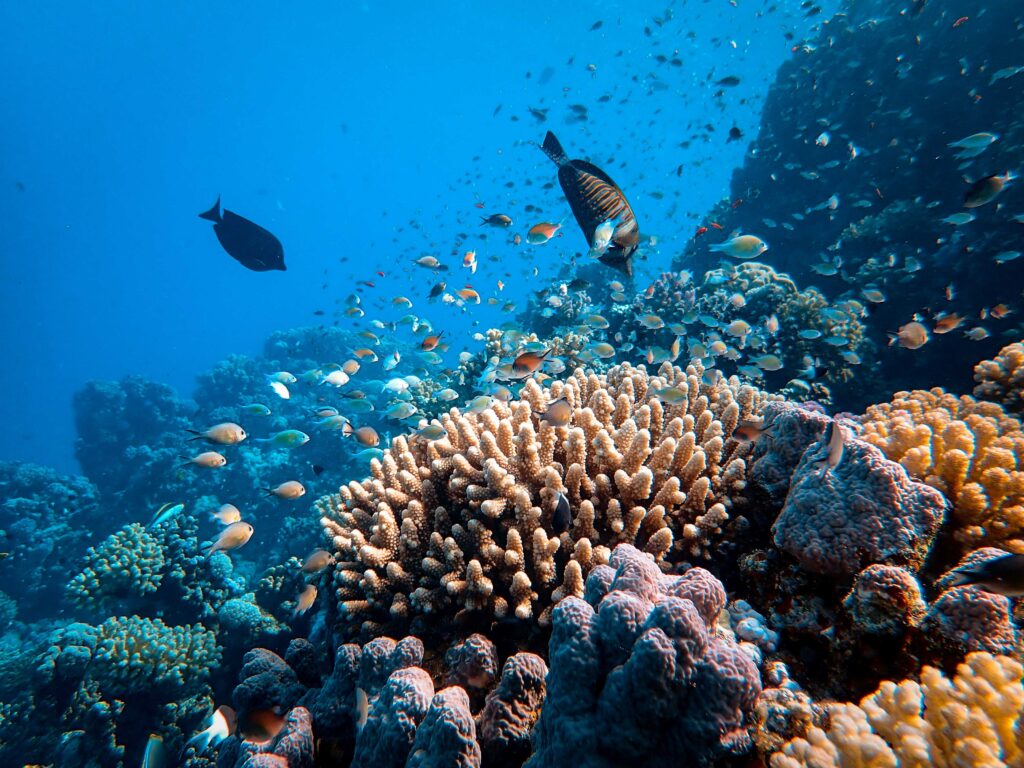

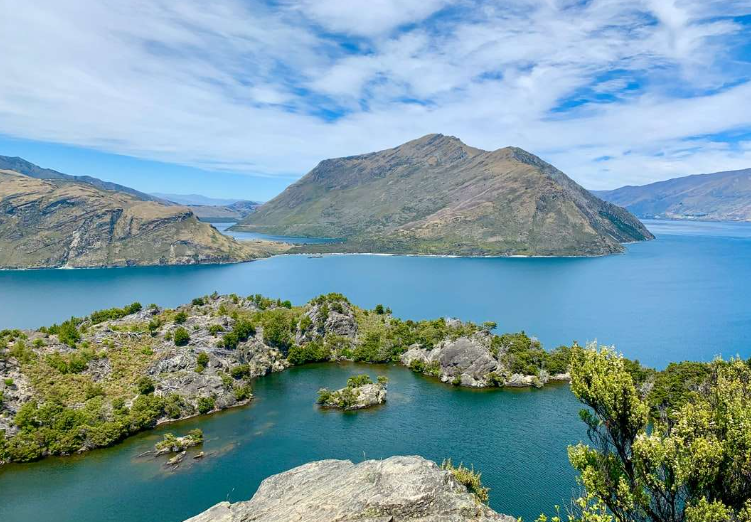
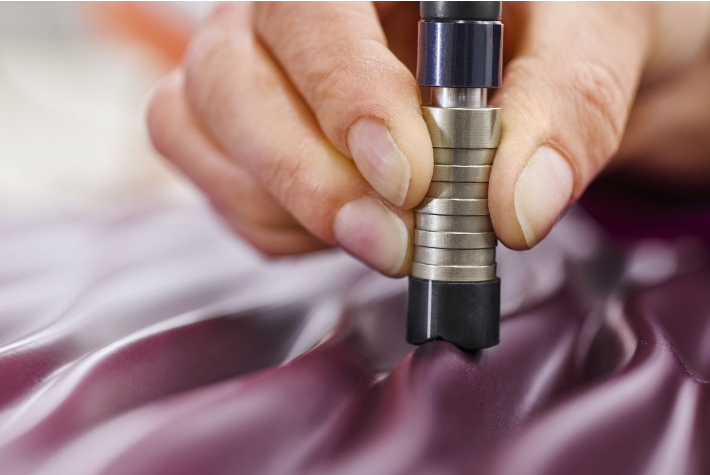
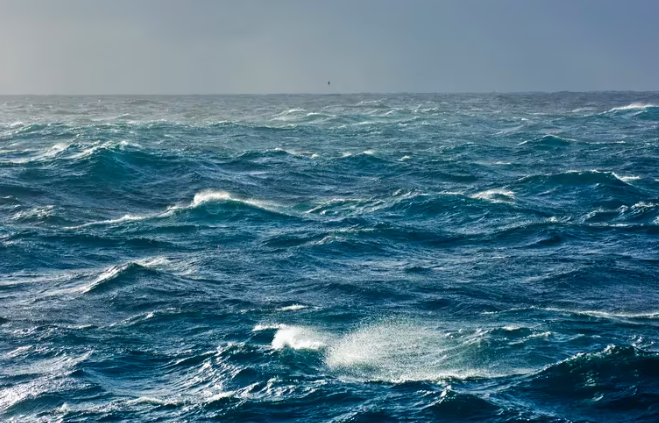
Responses